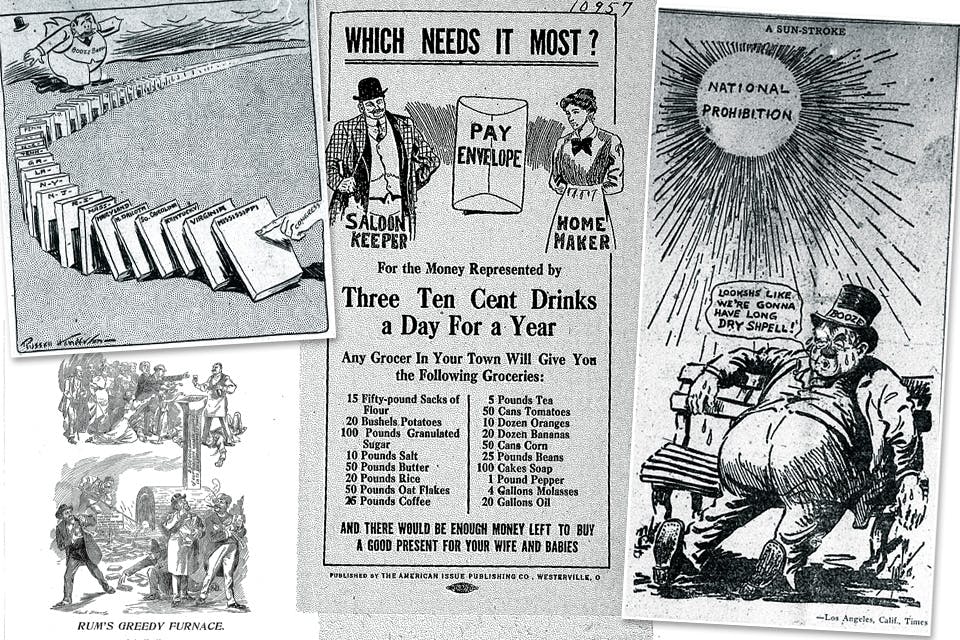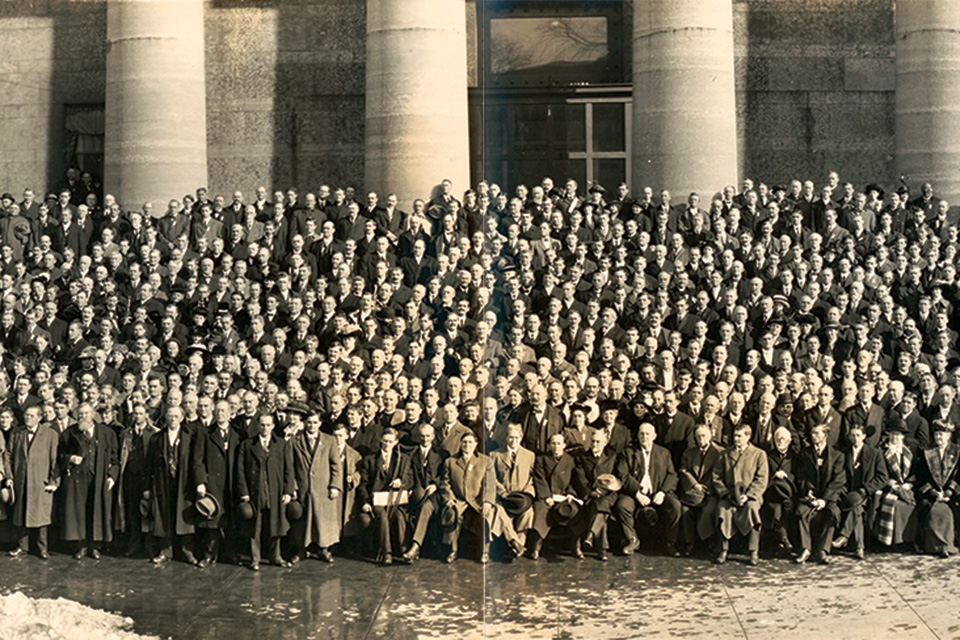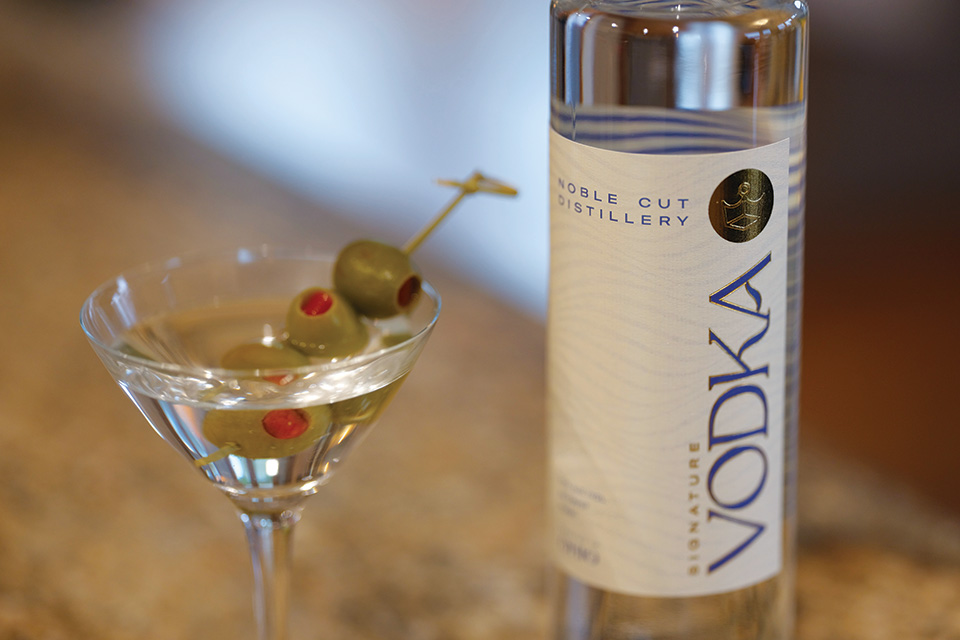Food + Drink
How Ohio’s Anti-Saloon League Helped Lead a Last Call on Alcohol
The 18th Amendment and Prohibition put an end to the United States enjoyment of spirits — an effort spearheaded by a group that was founded in Oberlin in 1893.
Related Articles

How to Make Barrelhead Brie Using Bourbon
Level up your culinary game by using spirits! Make this recipe that features Woodford Reserve Bourbon READ MORE >>

The Man Who Turns Liquor Bottles into Conversation Pieces
Steve Siedlecki’s CLE Bottle Craft Co. turns creates functional and fun pieces for the home. READ MORE >>

Rediscover Retro Glassware at Lancaster’s Gay Fad Studios
David and Jason Annecy’s revival of a historic Ohio glassware company known for its midcentury modern designs can help you create a wonderfully vintage feel to your bar. READ MORE >>





